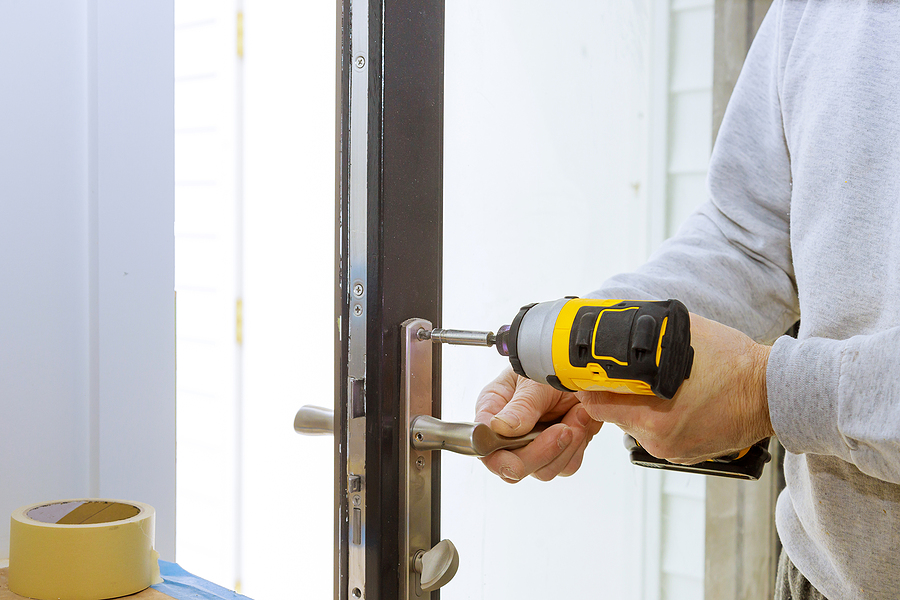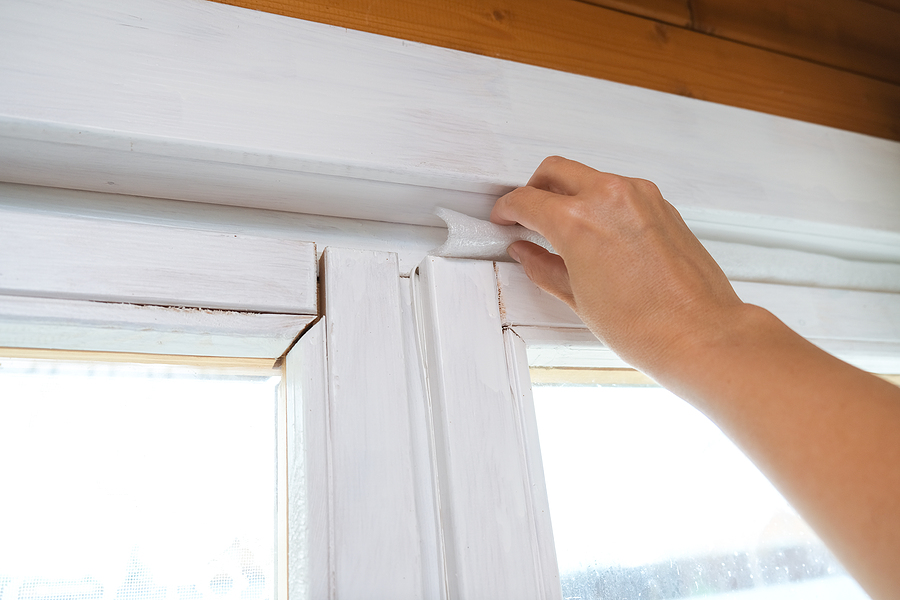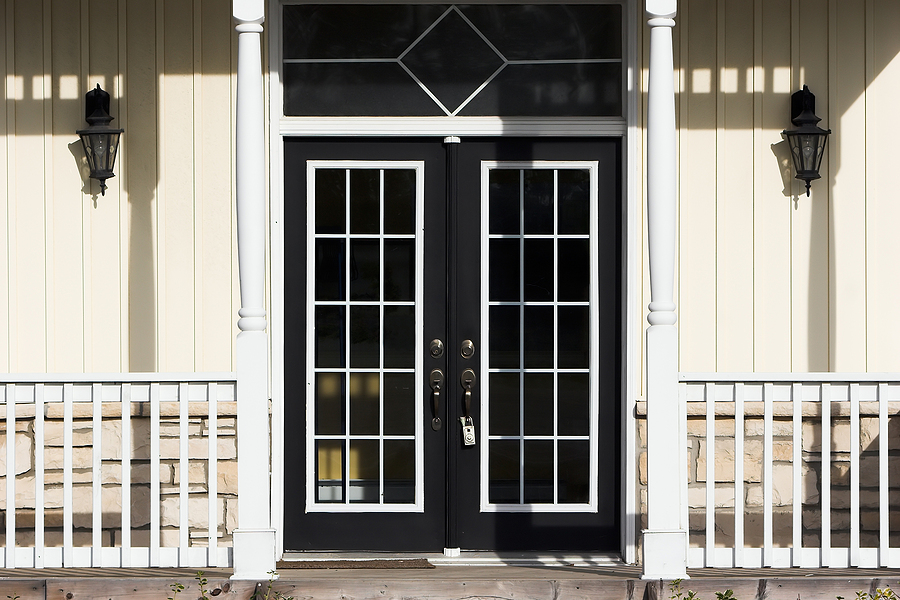In a small footprint, every inch matters. The right replacement doors for tiny homes can open up living space, improve traffic flow, and add real storage, without changing your floor plan. Pair that with smart hardware and daylight upgrades, and your entry becomes a hard-working zone instead of a bottleneck.
Here’s how custom doors for small homes make daily life easier, plus a few ways to coordinate with replacement windows for a brighter, more efficient tiny home.
Start with the Door Style (and the Swing)
The biggest space stealers are door swings that clash with furniture, stairs, or the kitchen run. If a standard inswing blocks your path, consider:
- Outswing doors to free interior floor space and improve weather sealing.
- Sliding or barn-style doors for interior bathrooms, bedrooms, or utility closets where a hinge swing doesn’t fit.
- Folding or bi-fold panels for wider openings to decks that double as dining space in good weather.
Hinge placement also matters. Flipping from left to right can keep the handle away from a cabinet, giving you a smoother walk path and fewer dings.
Size, Sidelites, and Smart Glass
Tiny homes crave daylight. Narrow the slab and add a full-lite or half-lite design to pull in sun without sacrificing privacy. Slim sidelites or a transom above the door can deliver light to the center of the plan so you use fewer lamps during the day. For privacy, choose obscured or etched glass; for energy savings, pick low-E, argon-filled units that hold comfort year-round.
If you’re in a cold or hot climate, match the door’s insulation value with your walls and replacement windows. A well-insulated slab plus upgraded weatherstripping can reduce drafts dramatically in a small interior volume.
Storage, Seating, and Multi-Use Thresholds
Your entry can do double duty. Build a shallow bench with hidden storage along the latch side. Add a slim coat rack or peg rail and a wall-mounted shoe tray. Consider a Dutch door if you need ventilation without opening the full panel. With custom doors for small homes, you can position locks higher for kid safety, add pet doors sized precisely for your companion, or specify a kickplate that protects the finish in tight corners.
Materials That Make Sense in Small Spaces
In tiny homes, finishes are close to eye level—quality shows.
- Fiberglass offers excellent insulation, crisp panel details, and minimal maintenance.
- Steel is durable and secure, great for rugged use or rental units.
- Engineered wood brings warmth and can be sealed for exterior use while staying stable through seasonal changes.
Whichever you pick, upgrade the weatherstripping, threshold, and sweep. Small interiors amplify outside temperature swings; better sealing keeps the whole home more comfortable.
Hardware, Security, and Access
Compact lever sets, slim multi-point locks, and smart deadbolts give you security without bulky hardware. Consider a low-profile closer on outswing doors to prevent wind slams. If your tiny home includes a loft, place the keypad or reader at a comfortable height that doesn’t clash with stairs or storage niches. For decks, a flush sill on sliders reduces trip hazards and visually widens the space.
Coordinate Doors and Replacement Windows
Doors and windows should work as a system. If you’re adding a full-lite entry, balance it with replacement windows that match the grille pattern and glass coatings. In a tiny footprint, consistent daylight color and trim profiles make rooms feel larger. Awning windows near the door can vent cooking heat without leaving the door open, and narrow fixed lites beside a slider stretch sightlines to the outdoors.
Weather, Noise, and Privacy
Because tiny homes often sit closer to neighbors, better glazing helps. Laminated glass reduces street noise. Obscure glass in the lower third of a full-lite door maintains privacy while keeping light. Black or bronze exterior finishes frame views and hide road dust between washes—useful on mobile tiny homes or ADUs near driveways.
Professional Fit = Big Results
In small spaces, a ⅛-inch can make or break an installation. Professional templating ensures the slab, frame, and sill align with tight interior clearances and existing flooring heights. A well-set door won’t rub against cabinetry, catch on rugs, or let in drafts. The same attention to detail applies to replacement windows, square, plumb openings and proper flashing are your best defense against moisture in a compact envelope.
A great door makes a tiny home feel bigger, brighter, and easier to live in. Whether you’re replacing a builder-grade slab or designing custom doors for small homes from scratch, the right choices turn your entry into another functional room. Ready to explore replacement doors for tiny homes and matching replacement windows that fit your style, size, and climate?’
Contact Semko, Inc., about custom sizing, glass options, and professional installation that respects every inch of your layout.



